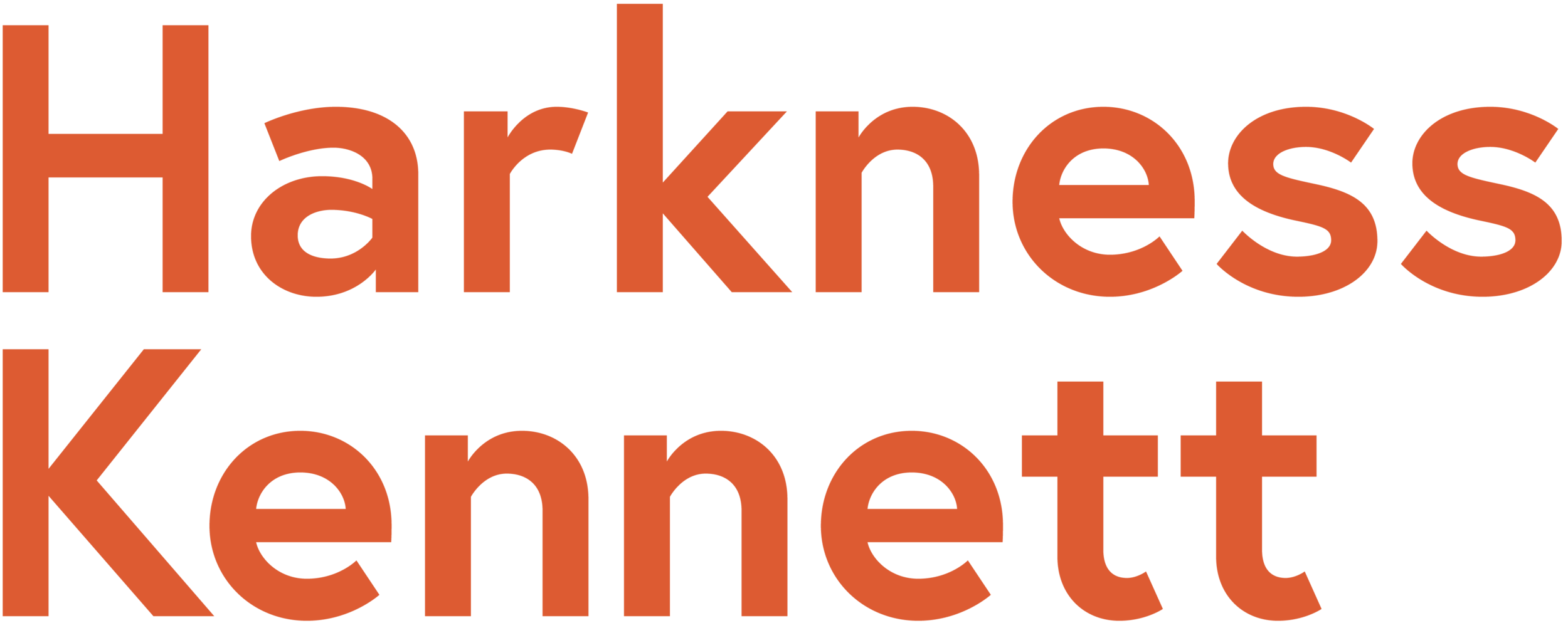Strategies and tactics to support change initiatives
We were delighted to be joined by Phil Knightley, Director of Culture, Engagement and Communications at Liberty Global, and Louisa Houghton, Head of Digital Narrative at VM02 at the Sunderland Labs in Covent Garden to hear their top tips for change communications.
Once regarded as a specialism, having the skills to support change initiatives is now arguably a pre-requisite for our everyday toolkit as communicators! With the help of a little Slido interaction, Phil and Lou really brought the conversation to life and it was great to hear so much discussion around the topic. Here are their top tips for making sure your change comms hit the mark:
Make sure your leaders are on-board from the word go
Someone needs to set the direction, right? Not all change programmes will need constant input from the CEO – but they need to understand what is happening and get on board with the key messages. They are the key to helping employees understand the direction of travel and creating the sense that ‘we’re all in this together.’
Create a clear, consistent narrative aligned to business strategy
You need a change plan before you can start planning the comms. Don’t be tempted to write a change plan for them – whether it is a project team or the CEO. Let them tell you what is happening, and you can help them make sure that colleagues are informed and involved. Be warned though – it is easy to stumble into getting involved in the project’s internal day-to-day team communications – when what you need to be doing is writing the plan for what the project team need to tell the organisation.
A key role here is bringing together employee sentiment and business strategy – so make sure you’re regularly checking in with your audiences.
You need to be clear about what you can say and what you can’t and tell people when more information should be available. Don’t let the gaps be filled by rumour – take control of the narrative.
Land what’s changing and what will be different as a result, and answer the all-important ‘what does this means for me?’ question
People need to understand ‘what it means for me’. Storytelling can be a great technique to help colleagues understand what change might look like for them.
Focus on the who, what, where and when, and what the end result will be. Don’t just say ‘we’re using AI’ – but demonstrate how how processes will be more efficient, and support what they need to do – or as Phil says, ‘focus on the toast not the toaster!’
Work to a regular cadence of communication (one size does not fit all)
People have personal preferences and situational contexts which impact the way they consume content. Be mindful about who your audience is and how they engage with content. Remember - it’s a marathon not a sprint when it comes to change comms! It is much better to have regular, consistent messaging in bite sized chunks.
Be aware of external pressures and influences that may affect employee sentiment
It’s important to think about the internal and external pressures that are affecting your employees. We’re all human and see what is happening around us through our own filters. Take time to think about what else may be happening to your audiences - everything from world affairs to economic downturns and more local impacts - even more trivial issues like ‘bad weather days’ - which may impact how your message is received.
Make space for dialogue
Providing opportunities for colleagues to talk about change and make sense of what is happening is crucial. There doesn’t always have to be outcomes and action, just taking the time to listen and allow time for discussion is critical.
All employee briefings will provide opportunities for questions. Think through in advance, the kinds of questions and emotional responses colleagues are likely to share that could be challenging – and be ready to give clear answers. And if no-one wants to ask those questions – maybe ask them for them. Be careful not to over-commit to post event follow up – offering to respond to everyone’s questions may be overwhelming. Instead group the core themes – and respond to those. And if you don’t know the answer say so; that’s OK.
Remember that line managers are fundamental to engaging teams with change
Line managers are a critical element of the success of any change programme. They know their teams, and they have the closest relationship with those employees. They hold the key to creating understanding and gaining buy-in and behaviour changes. Build in time to brief line managers early and give them time to understand the changes and what it means to them before asking them to support their team members, making sure they have access to materials and support.
Keep it simple and authentic
Bite sized, regular, uncomplicated messaging is the way to go. Our brains are wired for simplicity not complexity. Can you keep your video under 90 seconds? Limit written comms to 150 – 200 words, where you can, to help get your message across quickly and consistently. Does your writing make the most of F-shaped reading patterns? Focus on headings, subheadings and the first word of each sentence to keep your readers attention and get your point across to those that scan and move on. Think about testing your written communications against the Flesch-Kincaid score to ensure simplicity.
Authentic? Of course! But not as easy as it sounds. Openness and honesty are your watchwords here – and leaders are critical. Help your leaders to find a communication style that suits them and helps them build that credibility. Some are great on camera, and others have a strong written voice. Providing a bit of coaching around non-verbal skills may be useful. Use the whole leadership team; it’s better in the long run, creating a strategy that is more connected to the organisation and not just one leader’s ‘baby’.
Thanks again to Phil and Lou for their presentation, and to those who were able to join the conversation. If you’d like to be kept up to date about future events, join the mailing list here.
Published by Nicky

































